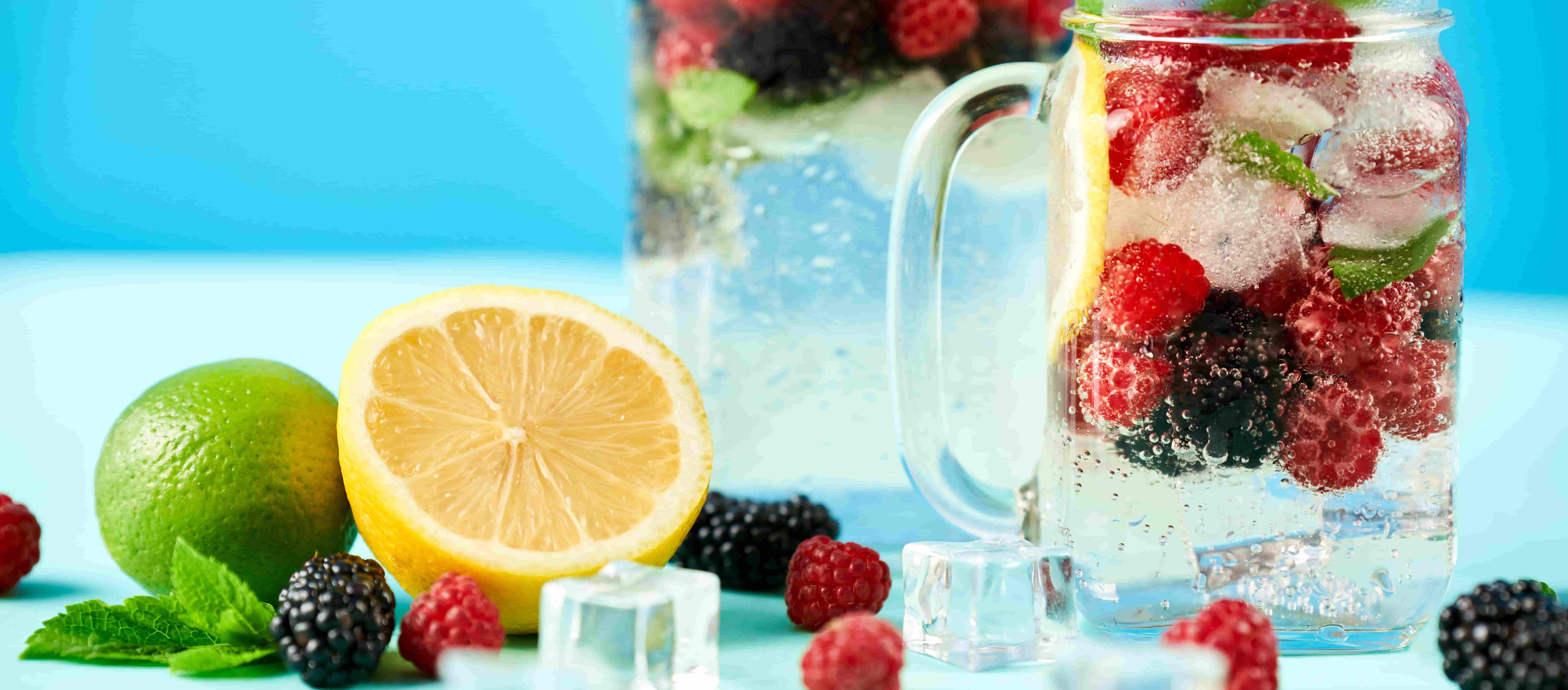Table of Content
- What Are Functional Drinks?
- Strong Market Growth Shows Functional Drinks Are Here to Stay
- How the Beverage Market Is Responding to the Functional Drinks Trend
- Why Packaging and Label Transparency Matter More Than Ever
- New Segmentation for Beverage Wholesalers and Distributors
- What to Consider Before Adding Functional Drinks to A Lineup
What Are Functional Drinks?
Functional drinks are beverages enriched with health-supporting ingredients, offering more than basic hydration as people want more value from their beverages. They claim targeted benefits such as improved well-being, energy, recovery, and focus with key ingredients like:
- Electrolytes: Minerals like sodium, potassium, magnesium, and calcium that support fluid balance, especially after a workout or in warm climates.
- Prebiotics and Probiotics: Ingredients like inulin, resistant starch, and live cultures that improve gut flora and digestion.
- Adaptogens: Natural plant extracts like ashwagandha, rhodiola, and holy basil, used to help the body cope with physical and mental stress.
- Nootropics: Substances such as L-theanine, ginkgo biloba, and lion’s mane mushroom, which are linked with improved mental performance and focus.
Strong Market Growth Shows Functional Drinks Are Here to Stay
Due to the trend of a mindful and health-focused lifestyle, the functional drinks sector is showing consistent growth.
According to a report published on Grand View Research, the functional water market in Europe hit €1.28 billion in 2024, and it’s expected to keep climbing with a steady 7.5% annual growth rate through 2030.
Meanwhile, the broader functional drinks category, which includes sports drinks, probiotic beverages, and nutrient waters, is worth around €30 billion in 2025. It is predicted to reach €42 billion by 2030, growing at 6.8% each year, as stated on Mordor Intelligence.
For wholesalers, distributors and retail buyers, it’s an important signal: the beverage category is evolving, and functional drinks are becoming an expectation, not a niche add-on.
How the Beverage Market Is Responding to the Functional Drinks Trend
To keep up with demand, beverage producers are expanding their offerings.
Known soft drink brands, like Coca-Cola and PepsiCo, are rolling out new hydration lines with less sugar, added vitamins, and more natural ingredients.
At the same time, smaller companies are entering the market with health-promoting products, such as recovery drinks, stress-relief blends, or sparkling waters with gut-friendly prebiotics.
Many are teaming up with nutritionists, personal trainers, and wellness experts to fine-tune their formulas and build trust.
Others are turning to fitness and health-focused influencers to boost visibility, especially online and in shops that follow the latest wellness trends.
B2Bs are rethinking how they collaborate with suppliers, as now is the time to explore new ranges and build assortments that meet this growing demand.

Why Packaging and Label Transparency Matter More Than Ever
Since consumers are becoming more aware of their health and nutrition, they are also reading product labels more closely than ever.
But if a drink makes bold promises without backing them up, it’s likely to be overlooked. Or worse, called out.
The most important points consumers are paying attention to are:
- Clear ingredient information: Functional ingredients need to be listed clearly, often with exact amounts.
- Clean labels: Simple formulas with recognizable ingredients and no artificial additives are a strong selling point.
- Certifications: Labels like organic, vegan, non-GMO, or gluten-free help build trust and broaden appeal.
- Smart packaging: QR codes or interactive features make it easy to show sourcing, science, or sustainability efforts.
This level of oversight goes beyond compliance as it’s also a sales advantage. Clear, credible products stand out on shelves and online, helping retailers and cafés better connect with today’s informed, wellness-driven consumers.
New Segmentation for Beverage Wholesalers and Distributors
The rise of functional hydration is opening fresh opportunities for soft drink wholesalers and distributors:
- Broader portfolios: Wholesalers can stand out by offering a mix of hydration-focused drinks across both premium and affordable ranges.
- Growing retailer demand: From supermarkets and gyms to office snack providers and health stores, more businesses are actively looking for functional options.
- Stronger positioning: Drinks that promote clear health benefits are easier to pitch as lifestyle or performance products, and tend to resonate with today's wellness-driven shoppers.
What to Consider Before Adding Functional Drinks to A Lineup
Even with all the momentum behind functional hydration, it’s still a technically tricky and tightly regulated space.
For businesses, that means keeping a few challenges in mind:
- Ingredient interactions: Some functional ingredients don’t play well together or lose their effect over time, which can shorten shelf life or affect stability.
- Flavor issues: Natural compounds like adaptogens or prebiotics often come with strong or bitter flavors. Getting the taste right, without overloading on sweeteners, is a real formulation challenge.
- Health claims: In the EU, claims must follow EFSA rules to the letter. That means limited flexibility in marketing and the need for precise, compliant labelling.
- Cost pressures: Between premium ingredients and more complex packaging, costs can add up fast. Buyers need to weigh those costs against what the end customer is willing to pay.
Conclusion
With functional drinks, businesses are making smarter sourcing decisions that match evolving customer expectations.
They focus on quality, clarity, and versatility to build a lineup that adds real value across retail and foodservice channels.
Are you looking for more information on emerging food and beverage trends? Then read these insightful articles on europages’ online blog Inside Business:
How TikTok Trends Reshape Supermarket Buying in Europe

